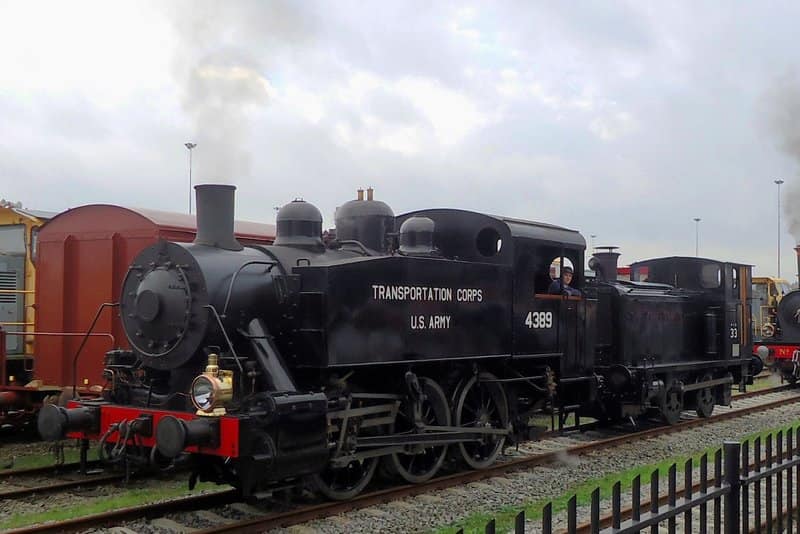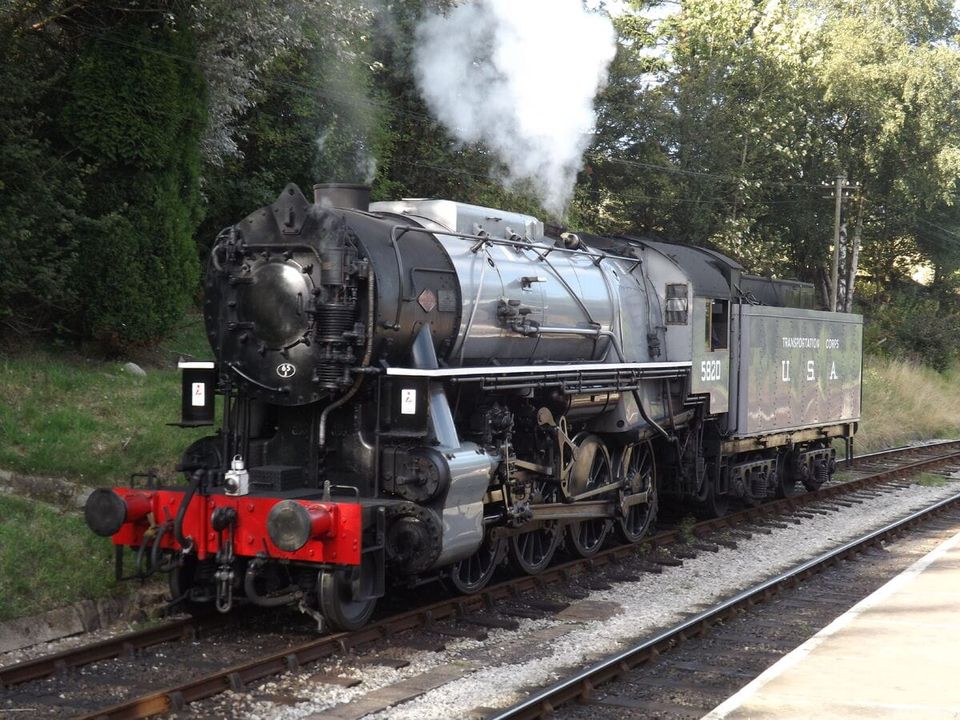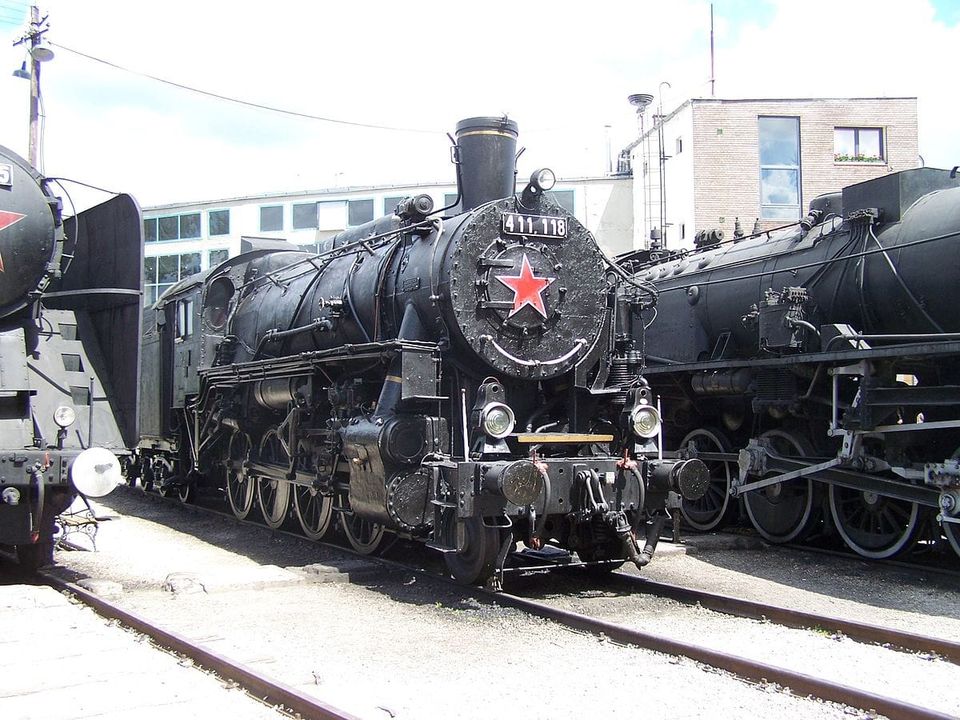The Role of Steam Locomotives in WWII

Fun Fact: it wasn’t just weapons being sent to fight in WWII. Apart from tanks, trucks, aircraft, and ships being sent off as part of the “Lend-Lease Act,” the United States also sent Steam Locomotives to assist in the war effort.
The Importance of Rail Transportation during WWII
Now I know it may sound strange to send locomotives, but you have to remember that at this point in history, a lot of freight was still being sent by rail. As a result, rail lines were still quite important when it came to moving large amounts of cargo and personnel from point A to point B. So much so that the United States Army Transportation Corps commissioned a number of well-known locomotive builders such as the American Locomotive Company, Baldwin Locomotive Works, and Lima Locomotive Works to build special steam engines.
Notable Locomotives: S100, S160, and S200
Three of the most notable classes of engines built were the S100 Switcher/Shunter, the S160, and the S200s. The S100s were primarily used in train yards to marshal and assemble said trains, while the S160s and S200s were basically freight engines. Throughout the war, these trains were everywhere the Allies were and most definitely put in the work.

From Europe to China and from the Middle East to even the Soviet Union, these engines more or less became the backbone of the complex logistics system which kept the Allied war machine operational. Even after the war, many of these locomotives ended up remaining in these parts of the world and would end up having a hand in reconstruction efforts which took place. Some of which would remain in operation well into the 1970s and 80s, which is impressive since most of these were only meant to be in service for less than a decade.

~NC









